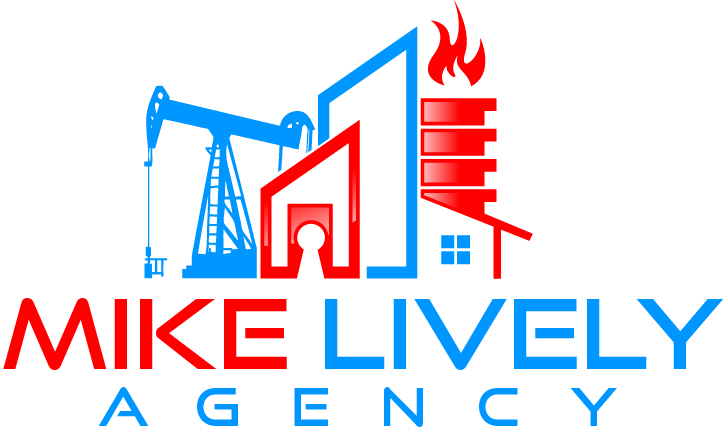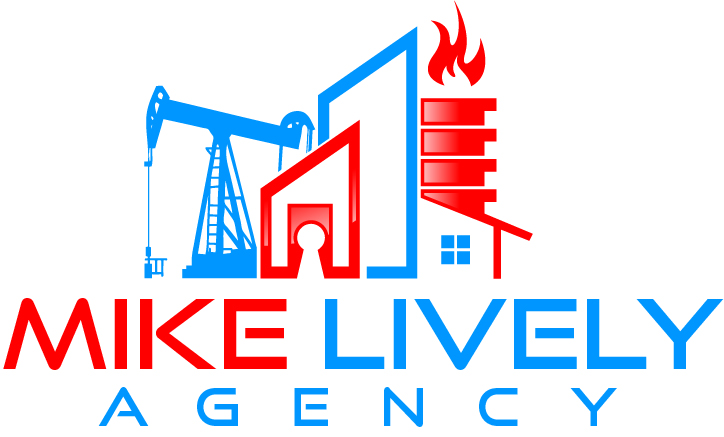Imagine your home threatened by an unforeseen event out here in West Texas. Understanding your homeowners insurance policy, specifically dwelling amounts, is crucial to rebuilding your life after such a disaster. Dwelling amounts in homeowners insurance policies don’t have to prove complicated. The dwelling amount is the cornerstone of a homeowners insurance policy, providing the funds to repair or rebuild your home. It’s a critical figure, reflecting the potential cost of reconstruction, independent of market value.
We’ve seen prices go up here in Midland, Odessa, and other parts of West Texas.
Dwelling coverage, personal property coverage, liability coverage, and additional living expenses coverage make up the essential elements of a homeowners insurance policy. Each plays a role in safeguarding your financial stability, but the dwelling amount is what secures your home itself. Insurance carriers determine through a complex blend of the property’s characteristics and the current construction market.
As we delve into the intricacies of homeowners insurance policies, we explore the factors influencing dwelling amounts, the debate between replacement cost and actual cash value, and how to ensure adequate protection through the right coverage options. This article untangles the complexities of dwelling amounts, empowering homeowners with the knowledge to protect their most valuable asset.
What is a Dwelling Amount in Homeowners Insurance?
In the realm of homeowners insurance, the term “dwelling amount” refers to the core component of coverage that accounts for the cost of repairing or rebuilding the physical structure of your home in the event a covered peril damages it. Specifically, this segment of your homeowners insurance policy furnishes financial protection for your residence and any structures attached directly to it, such as a built-in garage.
When we talk about covered perils, these are incidents like fire, hail, windstorms, or even volcanic eruptions that cause damage to your home. However, important to note that not all perils automatically get included; for example, flood damage and sewer backups typically require additional coverage.
Understanding the scope of dwelling coverage is key. This facet of your homeowners policy is designed to cover the “shell” of your home—its walls, floors, roof, windows—as well as its integral systems, including plumbing, electrical work, heating, and built-in appliances such as water heaters. Detached structures, like detached garages or sheds, are often covered under a separate portion of your policy.
The importance of having an adequate dwelling coverage limit cannot be overstated. It ensures that in the event of significant structural damage, you have the necessary funds to cover the cost of reconstruction without paying out-of-pocket expenses that exceed your policy’s threshold.
Importance of Dwelling Amount in Insurance Policies
The dwelling coverage limit plays a pivotal role in your homeowners insurance policy, as it is the bedrock for financial security against damages to the physical structure of your residence. Not only does this protection extend to the main building itself, but also to structures directly connected to it, such as an attached garage.
The result of having a sufficient dwelling coverage limit is peace of mind, knowing that should a covered peril cause damage, you have the financial backup to rebuild or repair your home to its former condition. Adequate coverage is directly correlated to the insurance premium; generally, a higher dwelling coverage limit entails a higher insurance premium—yet it is a small price to pay for ensuring you won’t face unmanageable costs after a disaster.
Furthermore, if the dwelling coverage is insufficient, there’s a risk of incurring significant out-of-pocket expenses, which could be financially crippling. Homeowners must maintain a delicate balance between being underinsured and overinsuring, both of which are undesirable positions. Being underinsured can leave you vulnerable after a disaster, while overinsuring leads to unnecessarily high premiums for coverage you may not need.
Factors Affecting Dwelling Amount

When deliberating on the dwelling amount within a homeowners insurance policy, one must take into account several critical factors. This amount equals an estimate of the cost to rebuild your home from the ground up if completely destroyed by a covered peril. Here, we’ll explore the key components that influence this critical figure, ensuring that you’re adequately covered in the event of a loss.
Square Footage of the Property
A property’s square footage is foundational when it comes to determining the dwelling coverage necessary in a homeowners insurance policy. Larger homes naturally have more area to cover and therefore require more materials and labor to rebuild, which translates into higher coverage limits. Insurance companies assess the total livable area, usually measured in square feet, and use this as a starting point to calculate the amount of coverage you need. It’s important to include all the heated and cooled spaces in your calculations and account for any additional structures like attached or detached garages when determining the square footage.
Construction Costs
Construction costs weigh heavily on the dwelling coverage amount. These expenses vary widely depending upon geographic location, accessibility, and the current cost of construction materials and labor. Features like the grade of materials used, custom designs, or specialized craftsmanship can also increase these costs. Additionally, your policy must consider the volatility of market conditions that can affect the price of raw materials or the availability of skilled workers. Since these costs evolve over time, it’s important for homeowners to reassess their dwelling amount periodically, in consultation with their insurance agent, to ensure their coverage pace with the changing construction landscape.
Market Value of the Property
While it’s a common misconception to equate dwelling coverage with market value, homeowners must understand that these are distinct concepts. The market value of a property includes the land on which situated and reflects what it might sell for under current market conditions. However, land does not face risk from most of the perils covered by a homeowners policy — such as fire or storms — and, therefore, carriers don’t include the value in the dwelling coverage amount. This means that in some cases, the cost to rebuild your home may actually exceed the market value, especially in areas where land values are high. Dwelling coverage equals the costs to rebuild the structure itself, and market value fluctuations do not directly affect your insurance premium.
Replacement Cost Estimator
To assist homeowners in accurately calculating the costs of rebuilding, many insurance companies and agents use a replacement cost estimator. This tool takes a detailed inventory of a home’s features — including the size, building materials, architectural details, and any unique or custom features — to determine what it would cost to reconstruct the home at today’s prices. Using an estimator can help prevent being underinsured, as it provides a more concrete figure than ballpark estimates. An updated and accurate dwelling coverage proves paramount, and we advise to review and adjust this with your insurance agent if you have any significant changes to your home.
Age and Condition of the Property
The age and condition of your home are also determinant factors in calculating dwelling coverage. Older homes may necessitate higher coverage amounts due to potentially out-of-date construction techniques, obsolete materials, or architectural details that are costly to replicate. Historical homes or those with unique artisanal features typically require specialized labor and materials, increasing the replacement cost. Moreover, older homes can show signs of wear and tear which might complicate repairs or rebuilding efforts. Even as homes age and market values fluctuate, homeowners insurance policies should cover the evolving costs of bringing the property back to its former condition, necessitating regular evaluations and updates to the dwelling coverage.
How Mike Lively Agency Helps
Regular reviews of these factors, ideally annually or after any significant changes to your home, help ensure your dwelling coverage keeps up with changes in construction costs, market conditions, and the specific characteristics of your property. It is also worth noting that some homeowners may elect to purchase additional coverage options or endorsements for more comprehensive protection, catering to the unique features or risks their property may present.
No matter, our agency exists to help you make the best choice when it comes to coverage amounts to provide you with proper protection when you need it most.
Reach out today for an insurance policy review, whether for home, auto, business, or life insurance.


